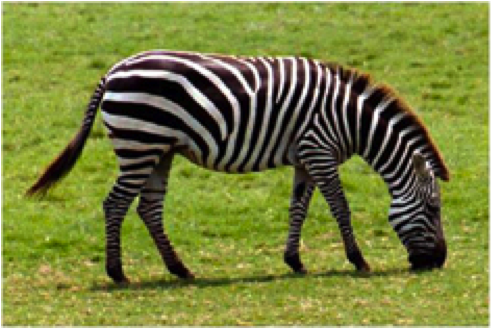Greg Barsh, MD, PhD
Color Patterns
 Camouflage, species recognition, and morphologic diversity are all effects of mammalian fur patterns. These patterns arise from the dynamic regulation of pigment-type switching, a phenomenon in which melanocytes choose between synthesizing eumelanin (black or brown pigment) or pheomelanin (red or yellow pigment), depending on the phase of the hair growth cycle and position on the body.
Camouflage, species recognition, and morphologic diversity are all effects of mammalian fur patterns. These patterns arise from the dynamic regulation of pigment-type switching, a phenomenon in which melanocytes choose between synthesizing eumelanin (black or brown pigment) or pheomelanin (red or yellow pigment), depending on the phase of the hair growth cycle and position on the body.
The molecular basis and evolutionary variation of periodic mammalian color patterns have been difficult to investigate from genetic crosses of model organisms. Domestic cats (Felis catus) exhibit heritable variation of tabby markings – mackerel versus blotched – that provide an opportunity for such genetic analysis. Periodic color patterns in other felids may represent the same process; for example, dark tabby markings in domestic cats may be homologous to black stripes or spots in tigers or cheetahs, respectively.
Further studies in the Barsh Lab of color pattern in domestic-wild cat hybrids offer the opportunity to study these complex color markings and add to our knowledge of how felids acquire their color patterns.
